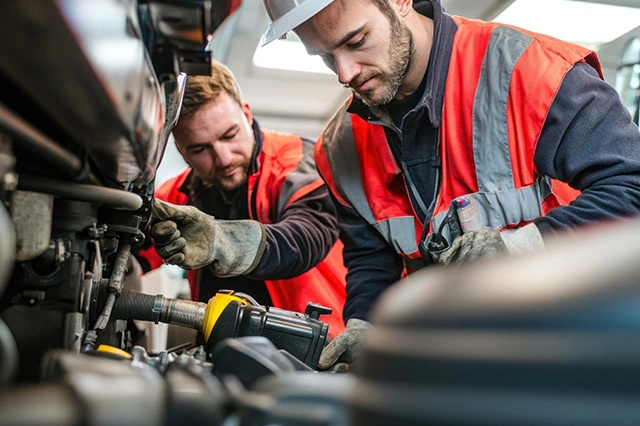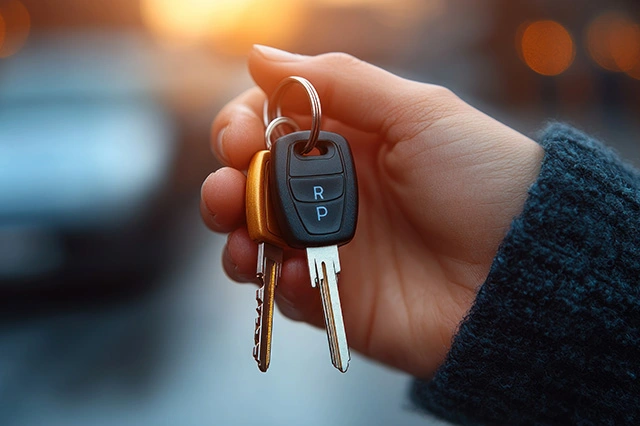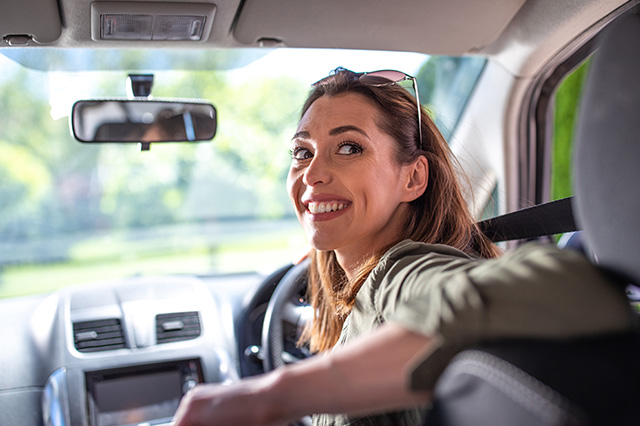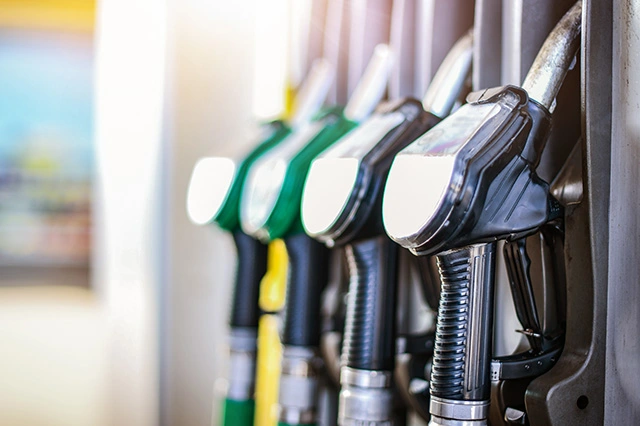Drink driving remains a significant issue in the UK, posing serious risks to road safety.
Despite extensive public awareness campaigns and strict legal repercussions, many individuals still choose to drive under the influence of alcohol.
This article explores the common causes of drink driving, how offenders are typically apprehended, the extent to which they exceed legal limits, demographic trends among offenders, notorious regions for such offences, and the ratio between different conviction codes.
Common Causes of Drink Driving
- Social and Cultural Factors: Social occasions and cultural practices often involve alcohol consumption. Events such as parties, dinners, and gatherings can lead individuals to drink more than planned and then drive home.
- Underestimation of Alcohol Effects: Many people misjudge their level of intoxication, believing they are still fit to drive. This underestimation can be due to a lack of awareness of how quickly alcohol affects one’s abilities.
- Habitual Behaviour: For some individuals, drink driving becomes a habitual behaviour, often rooted in a routine of regular drinking and a misplaced confidence in their driving abilities.
- Peer Pressure: Social pressure can also play a role, where individuals may feel compelled to drink and drive to avoid ridicule or to fit in with a group.
- Lack of Alternatives: In areas with limited public transport or taxi services, people may feel they have no other option but to drive after drinking.
How People Get Caught
Most drink driving offenders are caught through routine police checks and roadside breathalyser tests. These are often conducted at strategic times and locations, such as near pubs and clubs or during holidays and weekends when drink driving incidents are more likely to occur.
Additionally, police may stop drivers based on erratic driving behaviour, minor traffic violations, or involvement in an accident.
Extent of Exceeding the Legal Limit
The legal blood alcohol concentration (BAC) limit for drivers in the UK is 35 micrograms of alcohol per 100 millilitres of breath, 80 milligrams per 100 millilitres of blood, or 107 milligrams per 100 millilitres of urine. However, many offenders significantly exceed these limits.
Statistics show that a considerable number of those caught are more than twice the legal limit, highlighting a severe underestimation of their impairment.
Demographics and Likely Offenders
Drink driving is most prevalent among certain demographics:
- Age: Younger drivers (17-24 years) and middle-aged drivers (30-50 years) are more commonly involved.
- Gender: Males are significantly more likely to drink and drive than females.
- Occupation: Certain occupations with irregular hours, such as those in hospitality or shift work, are also more prone to drink driving offences.
Notorious Areas for Drink Driving Offences
Certain areas in the UK are more notorious for drink driver offences, often correlated with rural regions and places with fewer transport options.
Counties such as Lancashire, West Yorkshire, and Hampshire report higher rates of drink driving incidents. Urban areas with a vibrant nightlife, like Manchester and Liverpool, also see a higher incidence.
Ratio Between Conviction Codes
Conviction codes in the UK for drink driving include
- DR10 (driving or attempting to drive with alcohol level above limit)
- DR20 (driving or attempting to drive while unfit through drink)
- DR30 (driving or attempting to drive then failing to supply a specimen for analysis)
- DR40 (in charge of a vehicle while alcohol level above limit)
- DR50 (in charge of a vehicle while unfit through drink)
Among these, DR10 is the most common, followed by DR20. The ratio between these conviction codes can offer insights into the types of drink driving offences that are most prevalent, with DR10 and DR30 often constituting the majority.







